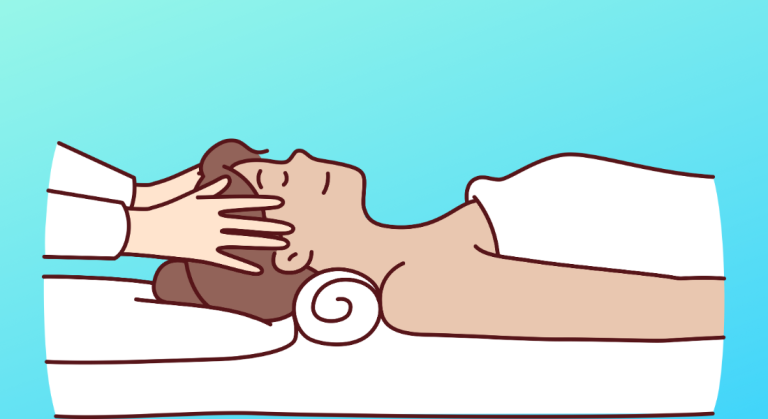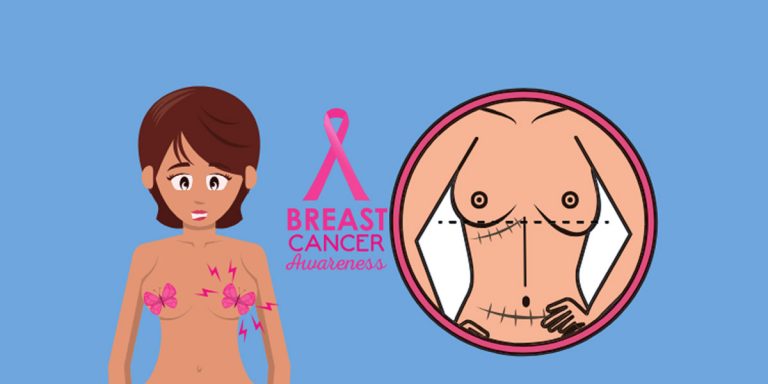In this blog you will learn how to use a pulse oximeter, what are the two readings on a pulse oximeter, normal values, which finger pulse oximeter is the best, and much more.
Pulse oximetry is a portable device that clips onto the finger and measures the oxygen saturation level and heart rate. It is usually used in hospitals with patients who have cardiorespiratory conditions or when the hospitalized patient receives medication that can affect the respiratory system.
The pulse oximetry device is used to determine if the person needs supplemental oxygen. For instance, low oxygen saturation is very common in the early stage of COVID-19, before symptoms get worse. Low level of oxygen saturation in the blood can lead to low levels of oxygen in the whole body and brain, which can lead to death.
What is Oxygen Saturation?
Oxygen saturation is the amount of oxygen the body needs to work properly. The normal range of oxygen saturation in a healthy person, breathing air at sea level, goes from 95 to 100 percent according to the World Health Organization. In addition, a person with normal saturation will have pink lips and pink tongue. On the other hand, bluish lips and tongue are signs of low saturation levels and appear when the saturation is less than 90%.
Saturation less than 90% is considered a clinical emergency. The American Thoracic Society recommends oxygen supplements for patients with saturation of Oxygen level (SPO2) lower than 88%. Lower oxygen saturation values are common in people with heart and pulmonary conditions (astma, pneumonia)..
¿Qué Lee el Oxímetro de Pulso?
The pulse oximeter measures the saturation of oxygen in the blood and the pulse rate. The pulse rate measures the beats of the heart per minute. Normal adult heart rate is 70 beats per minute at rest. A heart rate greater than 100 beats per minute is not normal and is called tachycardia. A heart rate lower than 60 beats per minute is not normal and is called bradycardia.
Función de Oximetría de Pulso
- Detecta si alguien necesita ayuda para respirar.
- Evalúa la tolerancia a la actividad física durante el ejercicio y durante el tiempo de recuperación.
Pulse Oximetry Normal Values
- Al nivel del mar 95-100%
- At higher elevation may have lower oxygen saturation levels. For instance 90% may be normal at higher elevation.
- Valores normales en personas con enfermedad pulmonar obstructiva crónica 88% a 92%
Factores que Afectan la Lectura Precisa
- Finger Nail polish
- Uñas artificiales
- Suciedad
- Presión arterial baja
- Manos frías
- Movimiento excesivo
- Habitación demasiado brillante
- Tatuajes pueden bloquear la luz que se necesita atravesar la piel para leer el nivel de oxígeno
» How to USE the Oxygen Saturation Step by Step
Preparación
- Retire el esmalte de uñas.
- Wipe your finger with alcohol or wash your hands.
Donde se Coloca el Pulso Oximetro?
The pulse oximeter has to be placed where the pulse is detected, such as fingertips, toes, or ears. Put the oximeter on a fingertip that fits comfortably, where the finger does not feel too tight or too loose. Therefore, the third and 4th finger have been shown to be more precise than the index finger. In less than 15 seconds the device will show pulse, and oxygen saturation values.
How to Improve Accurate Pulse Oximeter Reading?
- Frote las manos durante al menos 20 segundos para calentarlas.
- Try the earlobe, or toe, if fingers don't work
Mantenimiento del Oxímetro de Pulso
- Clean device with minimal amount of alcohol to prevent corrosion or damage. For example, a slightly wet cloth with clorox will work.
- Put the instrument in a ziploc bag for protection
Reason to Have a Pulse Oximeter
To detect the early stage of COVID-19, signs of shortness of breath, difficulty breathing, and/or to assess the tolerance to exercise safely.
Si tienes problemas de balance, o quieres aprender a moverse correctamente, llame ahora al 805 203-9940 y pida cita con la Doctora Alexandra Chaux, Doctora de Fisioterapieuta. La Fisioterapueta le ayudara a recuperarse más rápido, moverse con mayor facilidad y sin esfuerzo.
Call Dr. Alexandra Chaux: 805-203-9940
The information in this blog is for educational and informational purposes only, its content is provided based upon evidence-based physical therapy research, knowledge, and experience as a Doctor of Physical Therapy (DPT).




